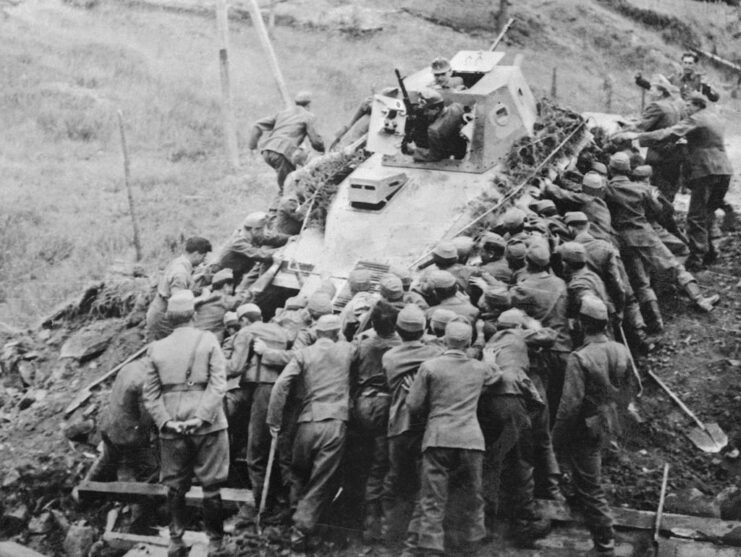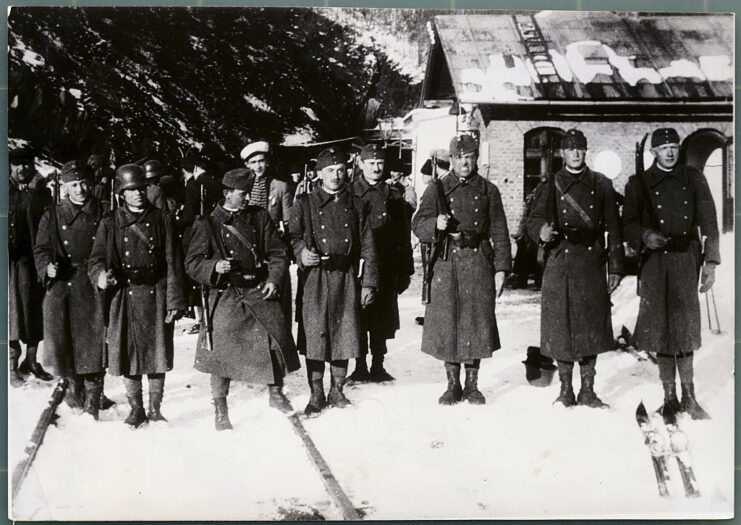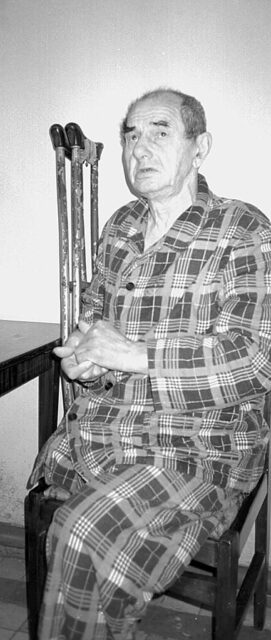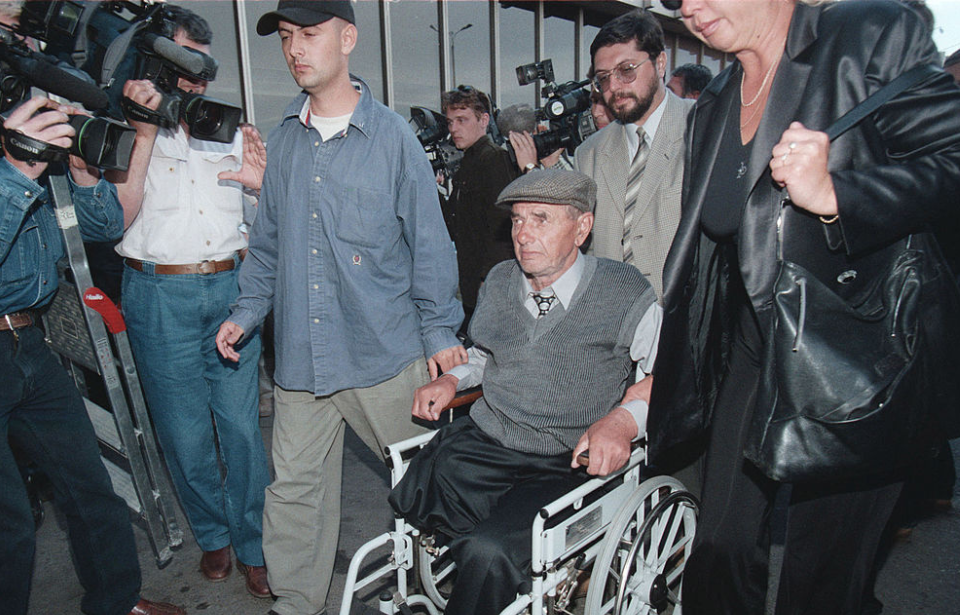The end of World War II was a logistical nightmare. Between Victory In Europe (VE) Day and September 1945, some 1,417,850 Americans alone were repatriated. Other countries also had to figure out what to do with the vast numbers of prisoners of war (POWs) they’d captured, all while welcoming home their own servicemen. With such high numbers, some were bound to slip through the cracks. One man, András Toma, wasn’t sent home until 2000.
András Toma briefly served in the Hungarian Army

András Toma was one of many captured as a POW in the final years of WWII. Little is known about his early life, other than he grew up in Sulyánbokor, Hungary.
Toma was drafted into the Hungarian Army in 1944 and took part in the fighting in Poland, specifically around Kraków and Auschwitz. Early the following year, while retreating from the Red Army in the area surrounding the camp, he was taken as a Soviet POW. He was only 19.
Toma and his comrades were put on a train for 21 days while they were transported to Boksitogorsk, near Saint Petersburg. This was the first of many horrors he’d endure. He witnessed many of his fellow POWs perish during the journey and was forced to remain in the boxcar with them.
Sent to a psychiatric hospital

András Toma got sick while at the POW camp and was transferred to the military hospital at Bistrjag for care. By January 1947, he still hadn’t been repatriated to Hungary and was, instead, sent to a Soviet psychiatric hospital in Kotel’nich. Documents from this time say he was suffering from “psycho-neurosis,” which was why he’d been sent for treatment.
The problem was that these hospitals weren’t part of the military system, so the Soviets lost all record of Toma. The hospital was able to treat his mental problems, which were reportedly cleared up by 1953. He wasn’t released, however, as the staff thought something else was going on, since he only spoke in gibberish. As it turned out, it was really just Hungarian.
In 1954 the last of the Hungarian POWs were returned home, but Toma wasn’t among them. As he’d disappeared from the record, he was declared dead. He spent the next 43 years very much alive, receiving treatment at the same psychiatric hospital.
András Toma’s identity is discovered

András Toma learned little-to-no Russian and began to speak very little Hungarian. Yet, in 1997, his identity was discovered.
A Slovakian doctor visited the psychiatric hospital and quickly realized Toma spoke a very old Hungarian dialect, not gibberish. The Hungarian Embassy was subsequently told of the encounter. Officials stepped in and got him transferred from the Russian hospital to a Hungarian one.
Toma returned to Hungary on August 11, 2000. Understandably, his arrival was highly publicized. One woman, Anna Gabulya, saw the event on her television. She was immediately struck by his likeness to her father and wondered if this mysterious soldier could be her half-brother. Many different families claimed he was their long-lost relative, but, thanks to research and DNA tests, Hungarian authorities were able to confirm he was related to Gabulya.
Repatriated after several decades
András Toma lived out the rest of his years with Anna Gabulya and her husband. Although it was initially a difficult transition for them all, he eventually settled and began to feel safe helping out in the home. It took time, but he later admitted he was Toma, after years of living as “Irsai.”
Toma was highly praised upon his return home and promoted to sergeant major. The Ministry of Defence also honored his years of continuous service as a POW by paying him the salary he never received.
More from us: Fort Drum: The Unsinkable Concrete Battleship That Guarded the Philippines
On March 30, 2004, Toma died at the age of 78. He was buried with full military honors in front of a crowd of thousands. Although his return left many feeling hopeful that their war dead might also come home one day, there have been no other Second World War-era POWs discovered since. He truly was, as his nickname suggests, the “last POW.”
